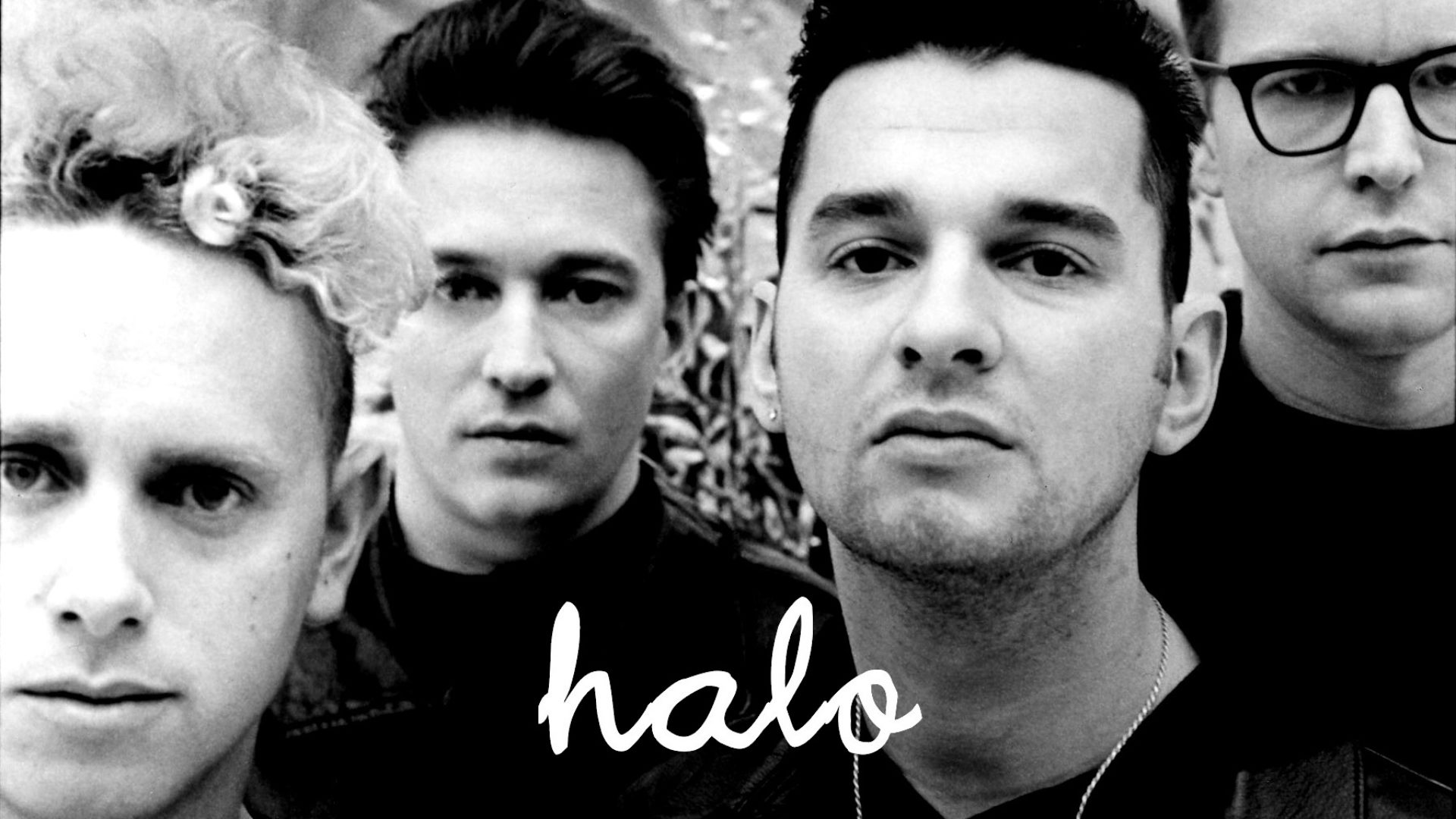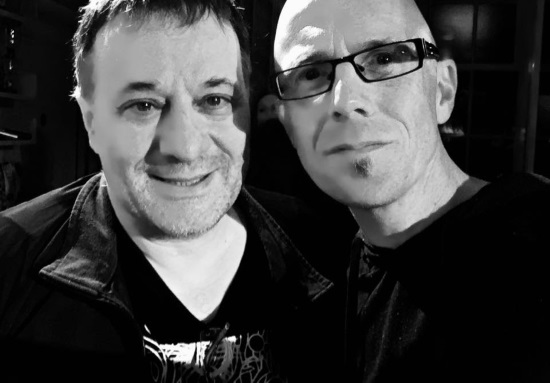Before any big interview, writers and journalists often ask around to find out if anyone has any tips about what to expect from the interviewee.
This is usually done not in the hope of learning what they are likely to say ahead of the interview, but mostly to discover what they are like as a person.
Perhaps they are a bit prickly on certain subjects. Or they take some time to warm up. Maybe they are rather erratic with their answers and need keeping on track.
Such a tactic is as important as the research you may spend weeks doing beforehand.
I did this for most of the people featured in HALO – but with Francois Kevorkian, the legendary DJ/producer who mixed all but one of the tracks on Violator and created many of the famed remixes of the singles from that period, I was arguably more curious than any other interviewee.
In the official 30-minute Violator documentary from the mid-2000s, Kevorkian is praised (in particular, by Dave Gahan) for his creativity with the mixing yet labelled “pedantic” and “a stickler” by Martin Gore and Alan Wilder respectively.
When he does eventually appear in the same documentary, Kevorkian comes across as gentle, thoughtful and, of course, extremely focused.
After exchanging a few emails, Kevorkian and I spoke for nearly three hours about his time with Depeche, mixing Violator and the incredible work he did with his extended versions of Personal Jesus, Enjoy The Silence, Policy Of Truth and World In My Eyes.
The interview came in at a mammoth 25,000 words (thank you, my trusty transcriber, Nabaa!) and will eventually be included in HALO.
Kevorkian is articulate, measured, expansive and, interestingly, I found perhaps less interested in the technical aspects of what he did (and still does) and, instead, more comfortable to discuss the aesthetics of it all and what it all meant to him, the band and the fans.
The only disappointing aspect of the time I spent talking to Kevorkian was that the interview was carried out over the chat platform Skype – him at home in New York City, me in Bishops Stortford (an infinitely less exciting town than the Big Apple, located just north of London).
Yet we agreed that if he ever came over to London – or me to New York City – that we would say hi…
Fast forward to September this year and the wonderful Colleen “Cosmo” Murphy, the DJ behind the Classic Album Sundays project that I took part in last year, was conducting a Q&A with Kevorkian at an arty venue in the trendy Whitechapel area of London’s East End.
This was an ideal opportunity to fulfil our promise but, for me, to learn a lot more about Kevorkian’s career outside of the Depeche bubble of 1989 and 1990.
(Kevorkian’s work with Depeche Mode came up briefly towards the end of the discussion when he recalled how he was mixing Personal Jesus in Milan at the same time as the Tiananmen Square protests in Beijing, China, in June 1989.)
Here are my rough notes from Kevorkian’s chat with Murphy:
- He was a big fan of Jimi Hendrix and was amazed at what the legendary guitarist could do with sound.
- If he had not carved out his own role in music as a DJ in the mid-1970s, Kevorkian was destined to be a bio-chemist or engineer.
- The club scene in New York City, where he moved to from France in his early-20s, “felt like science fiction”, such was its “revolutionary” impact on the alternative and dance music scene at the time.
- It wasn’t particularly glamorous at times, with him struggling to make enough money to pay his NYC rent.
- The craft of the modern-day DJ was born in the clubs of NYC in the mid to late-1970s, with turntable “battles” often a highlight of a club night.
- Up-and-coming producers would often deliver acetate records to the DJs so that they could hear how their work sounds in a club.
- Working at the legendary Loft nightclub, opened in 1970 by David Mancuso, was an important moment in Kevorkian’s career as it exposed him to other well-known DJs and made him appreciate the mechanics behind sound and atmosphere (from an acoustics perspective, “there was really nowhere else like it”).
- One of the tracks that had a huge influence of Kevorkian was Rockit by Herbie Hancock.
- Kevorkian is a firm believer in the concept of the studio “console desk being an instrument”, where a track can be taken in a different direction purely from how it is manipulated and massaged during the mixing phase in the control room.
- He is NOT a fan of one of Daniel Miller’s favourite bands, the pioneering “krautrock” ensemble, Can (“crap rock!”).
- The best nightclubs are those that consider the audio as an “acoustics system, not a sound system”. Designers should consider every aspect of a room, even where walls and pillars are placed as these are disruptive to the “laws of nature” around the movement of sound.
- One of his favourite nightclubs in the UK is the Ministry of Sound in London – the closest he has known from a sonic perspective to the famous Loft club (and, later, Paradise) in NYC.
- CDs sounds “awful” in clubs as the sound is often heavily compressed, meaning the frequency ranges are not as wide as on vinyl.
- On the controversial and vast subject of modern music distribution on streaming sites (an area that admittedly requires an entire discussion in its own right), Kevorkian says at the most basic level, services such as Spotify et al are great for consumers of music but not so for those making it.
- One of the “exciting” new forms of dance/electronic music for Kevorkian has been the emergence of the dubstep genre.
Thanks to Murphy for organising and moderating the event – a fascinating dive into the world of one of the key figures in the creation of the Violator sound.
There’s a lot more from Kevorkian to come…


A good read Kevin. Looking forward to reading the book. If you need a hand with anything, just ask…and I’ll see you in Paris